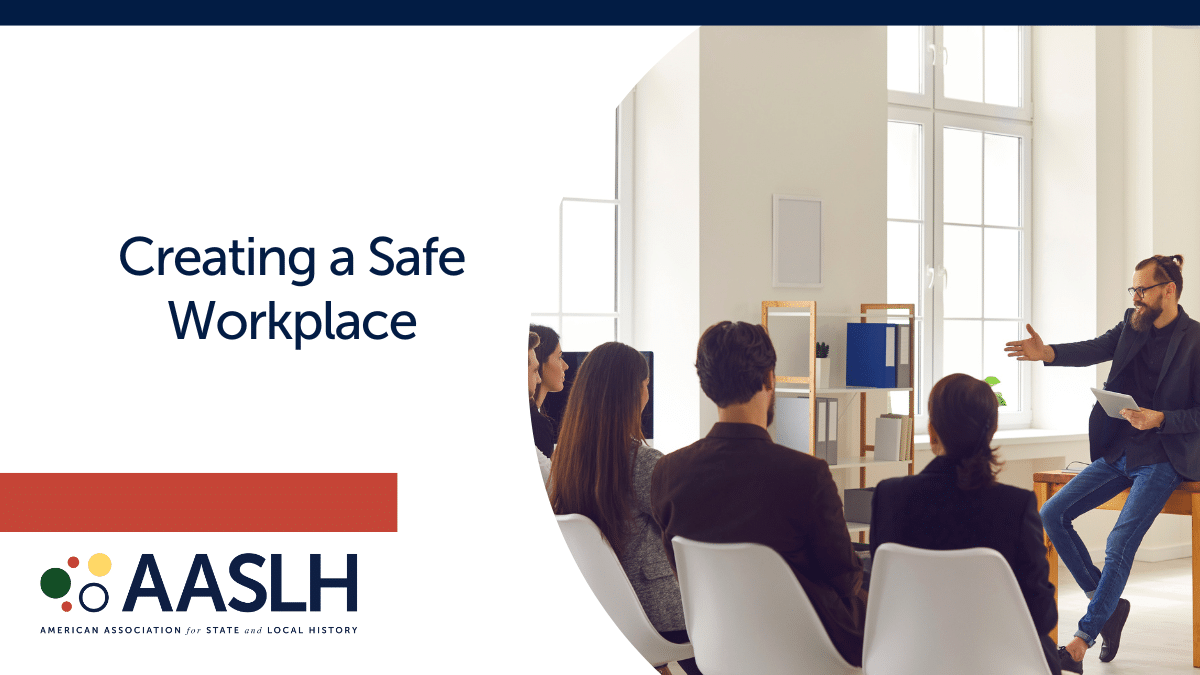My office was recently found itself in a discussion about office layouts for an organization. Specifically the old debate over an open plan office (or cubicles) vs. individual offices and what would fit our institution the best. Currently we have a mixture of these two approaches. On one floor of our building the education staff have an open office space that we share, while administration and many curators have individual offices on another floor, and some of the other curators work in either an open office space or a specially designed communal work area with special equipment for preservation or study of particular artifact. There is talk of changing this situation to an open office format with all employees and supervisors in one large area (think Office Space). The idea of this change has everyone thinking of the ways that this could be beneficial along with possible issues that could arise. You can do a quick search online and find any number of articles that will give you a list of the advantages and disadvantages of every possible office layout. There really is no shortage of them. 
So why am I talking about office layout in an educational blog? During the conversation we began to talk about the things that make our department different from the others in the museum. Every department whether it is administration, curatorial, or education has its own personality. Those of you that work in front of children on a regular basis know that you have to maintain a certain amount of energy and enthusiasm to effectively keep them engaged and to spark a, hopefully, lifelong curiosity about your topic. We all have a certain “stage presence” that we use. That energy is easy to keep up once you get the kids excited because you can feed off of their energy, but you have to set that tone from the beginning.
During the course of our discussion we came to realize that our department has some unofficial routines that we use to get out energy up and prepare for our groups. About 10 or 15 minutes before our groups begin to show up we usually all gather around one person’s desk and talk, share stories, and-most importantly-joke with each other. This gets us all in a good mood and sends us out smiling and laughing ready to do our jobs. This routine developed very naturally between the staff that we have in our office. Each one of us adds something different and complimentary to the office personality, and this mixture has created an atmosphere that makes us glad to be a work. After our groups leave for the day, we like to wind down in pretty much the same way. We will talk about how great our group of kids were, share stories about funny questions or answers we got from the kids, and joke about how we talked longer than we meant to because the students were so into our program.
Obviously, this not only affects our job satisfaction on a day-to-day basis, but I believe that we are able to give our visitors the best possible experience because of the way we work together as a team. Teachers and parents routinely complement our interpreters on not only their knowledge and professionalism, but their attitude and ability to connect with the kids. Maybe we will have to meet in a classroom, meeting room, or even a supply closet to keep from disrupting all the other people working diligently in the cubicles next to us, but we will find a way to keep our routines that make us a an effective team.
What are some of the things that your staff do to mentally prepare for your audience? Are they on purpose like a huddle before a game or is it something more subtle like ours?




